Ready to tap into the magic of smart home living? Swapping out your old thermostat for a shiny new Google Nest Learning Thermostat can transform your home’s HVAC system!
It’s more than just a pretty Nest logo; this smart thermostat learns your preferences and optimizes your home’s heating and cooling systems for supreme comfort and energy efficiency.
While common problems may crop up when you install a Nest thermostat, our easy troubleshooting steps will ensure your heating and cooling system runs smoothly.
So say goodbye to your existing thermostat, and get ready to embrace the smart, energy-efficient world of Nest thermostats!
Nest Quick Guide
Questions like “Can I install a Nest thermostat myself?” or “Do you need an electrician to install a Nest thermostat?” are common. The answers are, yes and maybe…
If you’re comfortable with some basic DIY, you’ll probably be ok! But remember, an incorrect wiring job can lead to performance issues.
Here’s a quick overview of Nest compatibility and wiring:
- Nest is compatible with most HVAC systems.
- Nest typically requires 2-6 wires for installation.
- A C wire may or may not be necessary. If you do need one, you could get a C-wire adapter.
- DIY installation is possible, but professional installing is recommended for optimal performance.
- The 3rd generation Nest thermostat is wireless and user-friendly.
If all of this is making your head spin, our expert Nest HVAC technicians are happy to handle all the wiring and configuration for you, so you don’t have to worry about a thing! Contact the Plaid Pros here.
Step-by-Step Nest Thermostat Installation Process
Whether you’re a seasoned DIY-er or a first-timer, we’re here to make the Nest installation process as smooth as a Willamette Valley Pinot Noir.
Here are the steps to install a Nest thermostat:
Step 1: Open the box and check its contents
Like a kid on Christmas morning, rip into that box (okay, maybe gently open it) and lay out all the goodies. You should find your shiny new Nest thermostat, a Nest screwdriver, a trim plate, a mounting bracket, and some screws. It’s like a DIY party in a box!
Step 2: Connect the Nest thermostat to Wi-Fi and complete the setup
Now, it’s time to get techy. Grab your smartphone and download the Nest app here. Follow the prompts to connect your Nest thermostat to your home’s Wi-Fi network. It’s like setting up a new social media account but for your thermostat.
Step 3: Remove your old thermostat
Before you can install your Google Nest, you need to say goodbye to your old thermostat. Turn off the power to your HVAC system for safety, then carefully remove the old device. It’s like pulling off a Band-Aid – quick and painless!
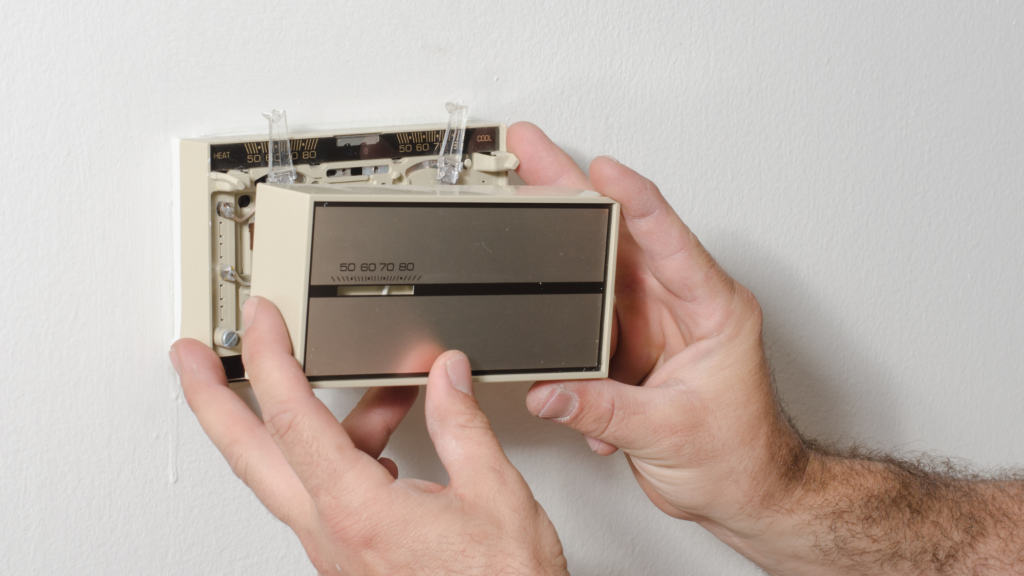
Step 4: The installing process
Now, let’s get down to business. Take the Nest base and hold it up to the wall where your old thermostat was. Use the built-in level to make sure it’s straight, then mark the screw holes. It’s like hanging a picture, but way cooler.
Step 5: Install the Nest display and power up
Attach the wires to the Nest base as per the wiring diagram, then click the Nest display onto the base. Turn the power back on and watch your Nest Learning thermostat come to life. It’s like watching a robot wake up!
Step 6: Mount Google Nest
Now, secure your Nest to the wall with the included screws. If there’s a gap between the Nest and the wall, use the trim plate for a clean look. It’s like putting the final piece of a puzzle in place.
Step 7: Connect wires and attach the Nest thermostat’s base and trim plate
Follow the wiring diagram in the Nest app to connect the wires to the right terminals. Then, attach the Nest thermostat’s base and trim plate. It’s like playing a high-stakes game of connect-the-dots, but don’t worry, the app’s got your back.
Step 8: Celebrate!
You’ve successfully installed a Google Nest thermostat in your Portland or Vancouver home.
If you’re a visual learner, check out a YouTube Nest thermostat installation video or a Google Nest installation video for further guidance.
Remember, this is a journey, not a race, so take your time, follow each step, and soon you’ll be basking in the energy-efficient, climate-controlled glory of your new Nest Thermostat!
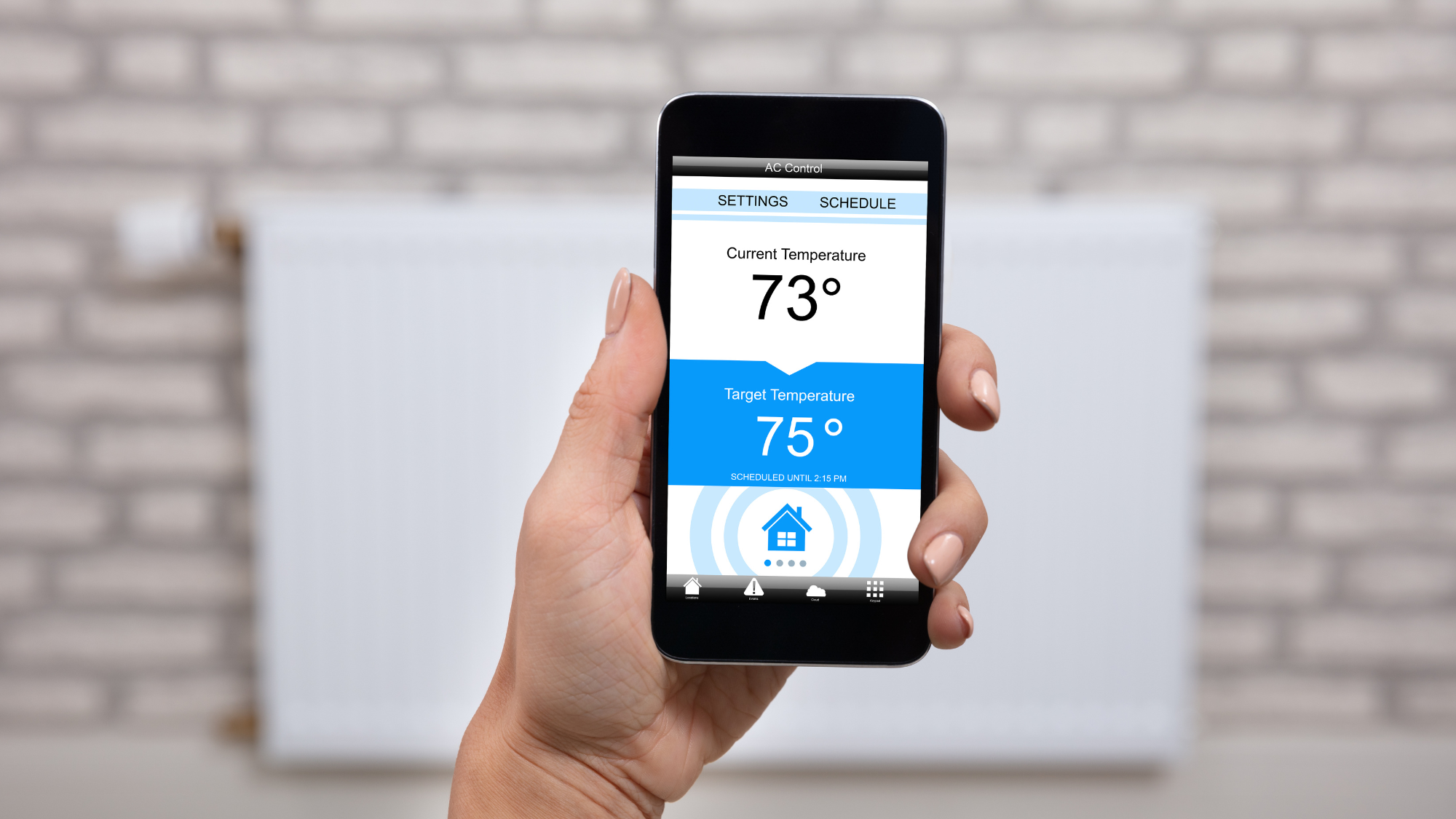
Compatibility and Wiring
Does the thought of wiring make you start to sweat? We’re here to shed light on the wiring mysteries of the Nest Learning Thermostat!
Nest: A Friend to Most Systems
How do you know if the Nest Learning Thermostat is compatible with your HVAC system? Nest has been designed with broad compatibility in mind. Whether you live in a charming historic home in Laurelhurst, a contemporary high-rise in Downtown Portland, or a rural farmhouse outside of Vancouver, WA, the Nest syncs seamlessly with most 24 V HVAC systems, including older models.
These smart devices aren’t picky about their fuel types; they work equally well with natural gas, oil, and electrical heaters and air conditioners.
Setup Guidance: The Nest App
Think of the Nest app as your friendly neighborhood guide. During setup, it walks you through the compatibility process and even offers a personalized wiring guide tailored to your new thermostat. Before you make the purchase, check out Nest’s online Compatibility Checker for a head start here.
The C-Wire Conundrum
Do you need a C-wire to install a Nest thermostat? Not necessarily. Some older systems might need this common wire, but many don’t. A c-wire is a wire that connects the furnace and thermostat. You can check which wires you have by looking behind the cover of your current thermostat.
If you’re still unsure, visit g.co/nest/cwire or our expert Nest HVAC technicians can assist you.

Nest Generations: Spotting the Difference
Trying to figure out the difference between the 2nd and 3rd generation Nest thermostats? The 3rd gen boasts a slimmer profile and more color options. And yes, the Nest 3rd generation thermostat is wireless, adding to your convenience!
Troubleshooting and Common Issues with Nest Learning Thermostat
Your Nest thermostat is usually an efficient, dependable creature. But even these smart gizmos may occasionally throw a tantrum. Whether your Nest thermostat is not cooling your space or refusing to wake up from its digital slumber, we’ve got some handy tips to soothe your tech-savvy beast back to health:
My Nest Thermostat is Not Cooling
Ah, a warm Portland summer afternoon and your Nest thermostat not cooling — that’s an uncomfortable combo!
Try these tips:
- Double-check your cooling schedule. Maybe it’s set to a higher temperature than you thought.
- If you’ve recently installed the Nest, ensure the wires are properly connected.
- The Nest might be in delay mode. Wait for a few minutes, and if it still isn’t cooling, it’s time to call in the HVAC pros!
Nest Thermostat Not Turning On
You’ve tried the sweet-talking, the stern voice, and even a lullaby, but your Nest thermostat won’t turn on? Before you panic:
- Check the circuit breaker and ensure it’s not tripped.
- Make sure your Nest is charged. A dead battery could be the culprit.
- If it’s still not turning on, it may need a professional touch.
Nest Thermostat Blinking Red
If your Nest thermostat starts blinking red, it’s like a neon sign saying, “I’m low on power!” As long as the connection is good, it should be charging. So wait and let it recharge for a bit.
How to Troubleshoot Nest Thermostat
Still facing issues? Here are some general troubleshooting steps:
- Restart the thermostat.
- Make sure your home Wi-Fi is working.
- Update the Nest app.
Common problems with a Nest thermostat are typically rare, and a well-installed Nest is a happy Nest. But when in doubt, don’t hesitate to reach out to our Plaid Pros for guidance!
Benefits of Nest Thermostat for your Heating and Cooling System
Feeling chilly on those misty Portland mornings? Or perhaps a little too warm during the balmy Vancouver summer afternoons? The solution isn’t cranking up the heat or the AC—it’s about smarter control. Enter the Nest Thermostat, your HVAC system’s new best friend.
A Google Nest Learning Thermostat isn’t like most thermostats. It does more than just regulate temperature — it learns your habits and preferences. Imagine a thermostat that knows you prefer a cooler house at night, or that you’re away every Tuesday and adjusts your heating and cooling system accordingly. Think of it as your personal energy-saving butler, always on duty to ensure maximum comfort with optimal energy usage!
Here are just a few benefits that make the Nest thermostat installation a worthwhile investment for Portland and Vancouver homeowners:
- Learning capabilities: Your new Nest Learning Thermostat gets smarter every day, learning your patterns to create a personalized heating and cooling schedule for your home.
- Remote control: Away from home and forgot to adjust the temperature? No worries! The Nest app on your smartphone lets you control your thermostat from anywhere.
- Energy saving: By fine-tuning your energy usage, the Nest thermostat helps you save on utility bills — keeping your wallet and the environment happy.
A well-functioning heating and cooling system isn’t just about hardware — it’s also about control. And that’s exactly what Nest thermostats deliver.
Ready to bid farewell to your old thermostat? Trust us, once you install a Google Nest Learning Thermostat, you’ll wonder how you ever lived without it!
Enjoy the perfect indoor climate year-round, even with our unpredictable Pacific Northwest weather…

Should You Hire a Professional Thermostat Installer?
Okay, Portlanders and Vancouverites, now that you’re pumped about the energy-saving, comfort-boosting benefits of Nest thermostats, let’s chat about installing it…
Sure, DIY is great for brewing kombucha or planting that vegetable garden, but when it comes to your home’s smart thermostat, professional installation is key for optimal performance.
Think of it this way — your Nest thermostat is like a virtuoso violinist, and your home’s HVAC system is the grand symphony hall. You need a seasoned conductor to make sure they’re in perfect harmony, and that’s where a professional thermostat installer comes in.
Benefits of Hiring A Pro to Install Thermostat Nest
- Precision: With extensive training and experience, professional thermostat installers know the ins and outs of your Nest thermostat, ensuring accurate and efficient setup.
- Safety: Besides the frustration of fussing with electrical wiring, DIY thermostat installation can be a safety hazard. Professional installers are trained to work with your home’s electrical system and follow local safety codes.
- Time-saving: Hiring a pro means getting your Nest thermostat up and running faster, so you can start enjoying the benefits sooner.
- Performance: Professional installers will be able to guarantee high standards of workmanship, enhancing the longevity and performance of both your Nest thermostat and your HVAC system.
Choosing a Smart Thermostat Installer
At D&F Plumbing, Heating, and Cooling, we’re not just any thermostat installation services, we’re your local, reliable Nest thermostat experts, right here in Portland and Vancouver. We’re family-owned and operated, and our Plaid Pros have been serving the area since 1927.
No need to search for “smart thermostat installers near me” — just contact us now. We offer same-day and next-day availability so you can have your system running at peak performance in no time!
Now, if you love a good DIY project and want detailed instructions on how to replace your existing thermostat or install your Google Nest thermostat, keep reading. Because we’ll dig into all the nest supplies you need and help you get this smart technology integrated into your home.
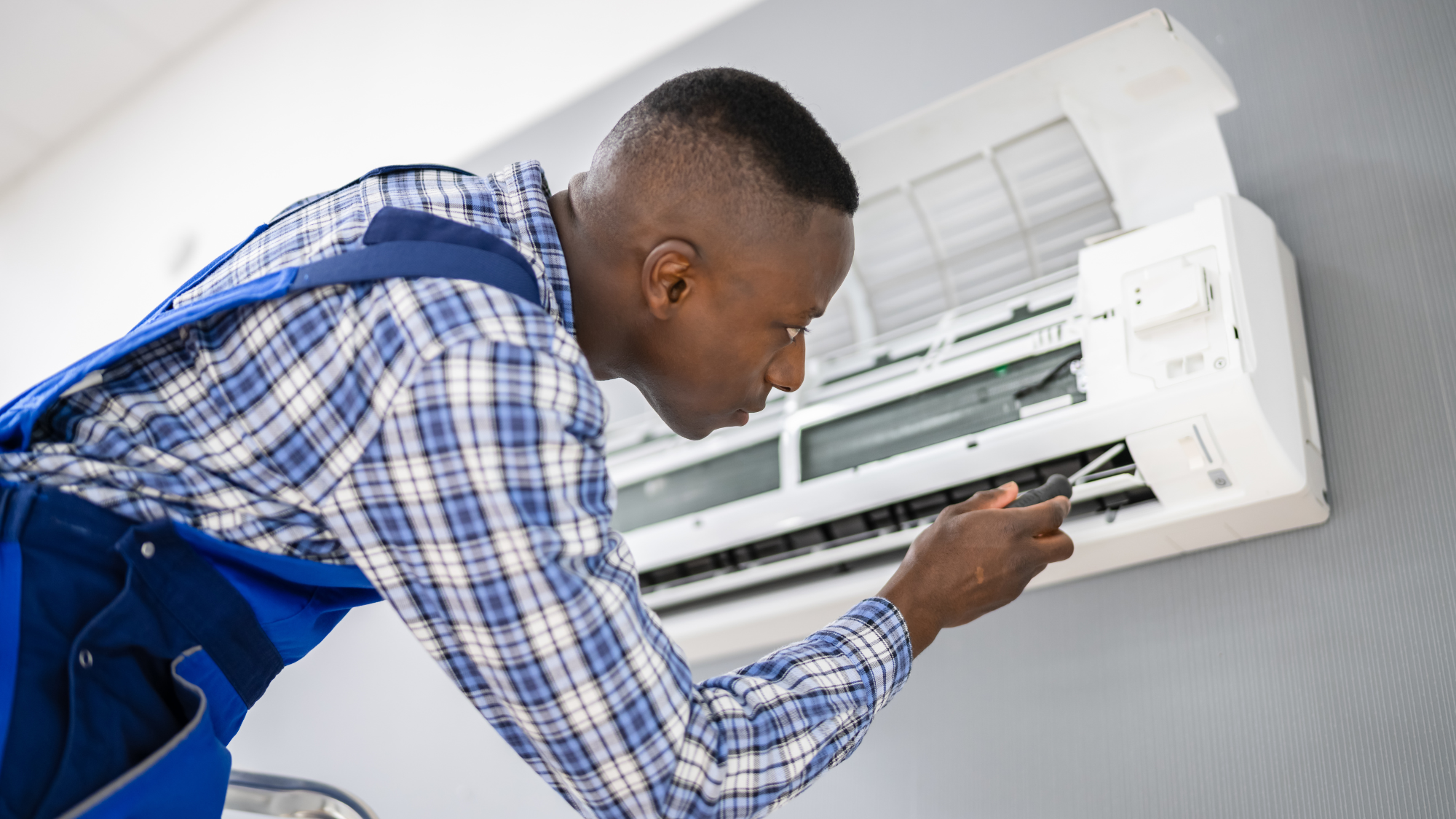
Secure Your Comfort with HVAC Services Near Portland and Vancouver
Your journey through the labyrinth of Nest thermostats ends here. From unveiling the features of this smart gadget to understanding the installation process and troubleshooting common issues, we’ve walked through every twist and turn together.
But if you’re still running into problems with your thermostat or HVAC system, the plaid-clad pros at D&F Plumbing, Heating and Cooling are just a phone call away, waiting to take the hassle out of your smart thermostat installation near you!
So, if you’re in the greater Portland, OR, or Vancouver, WA area, contact us by filling out the form below. We’ll transform your house into a smart home, where comfort and technology exist in perfect harmony to save you money and make life easier!

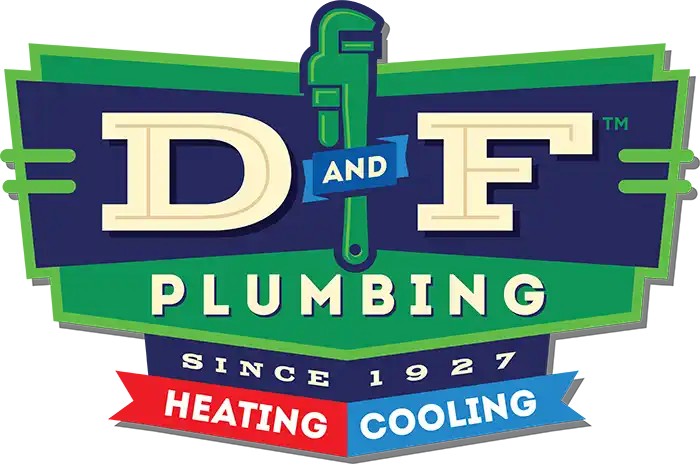

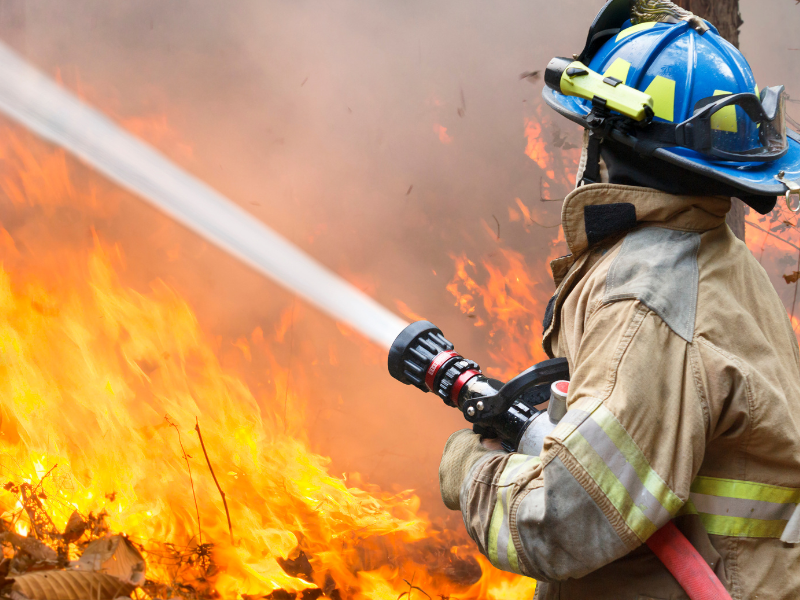


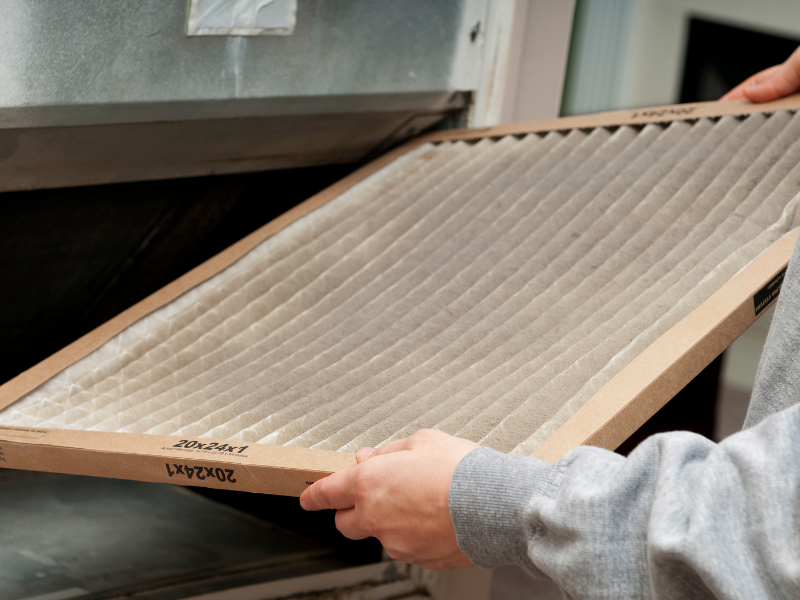
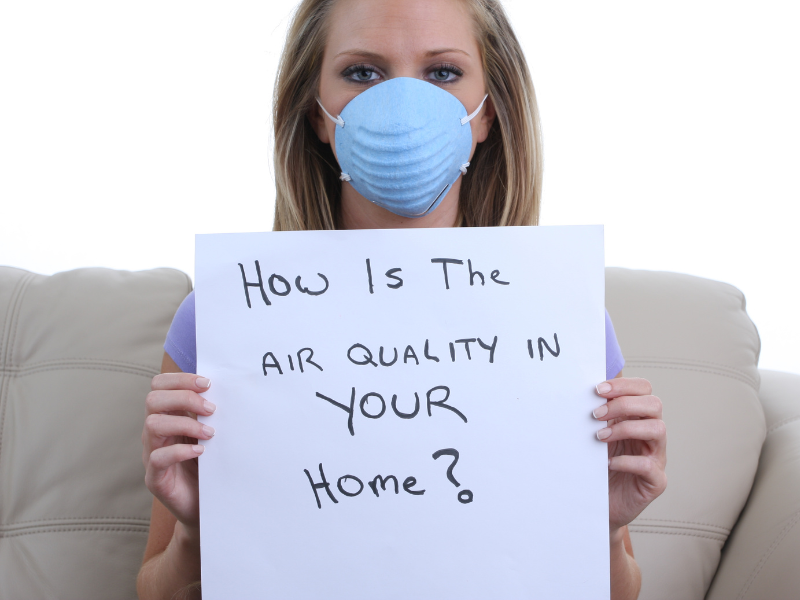

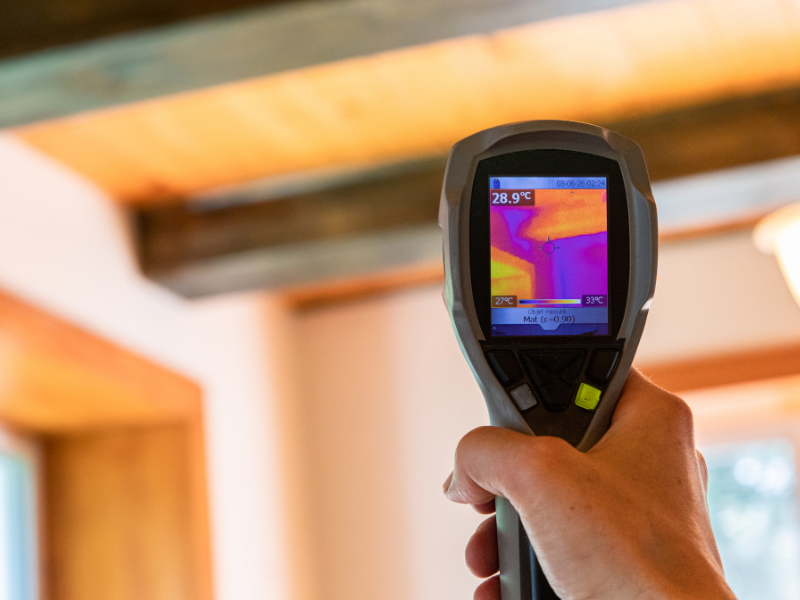
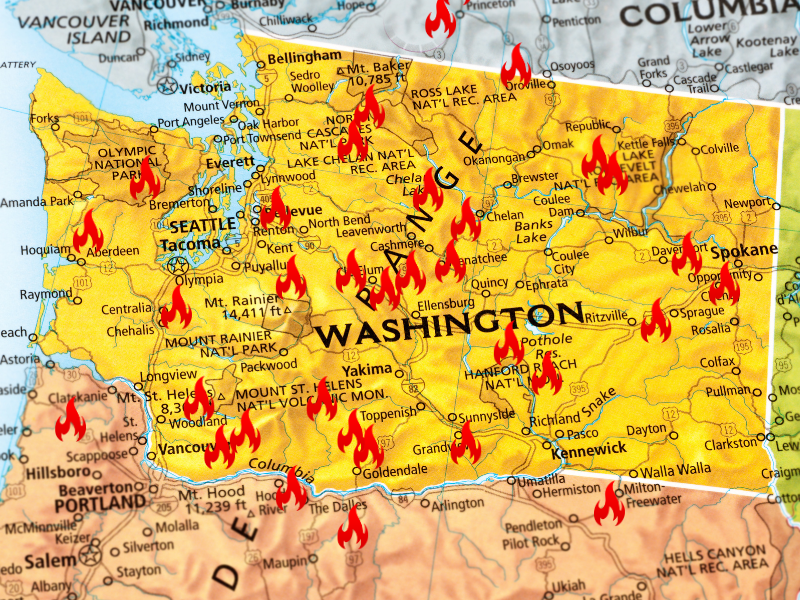
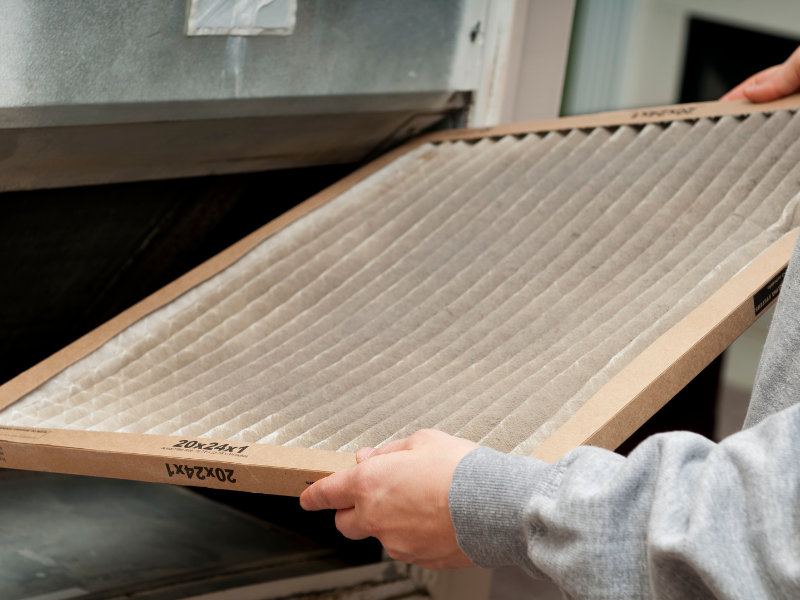
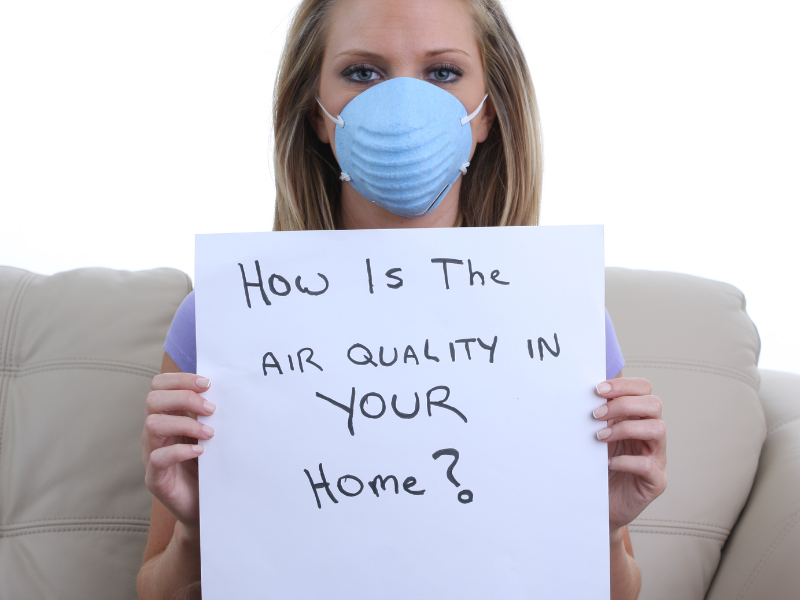
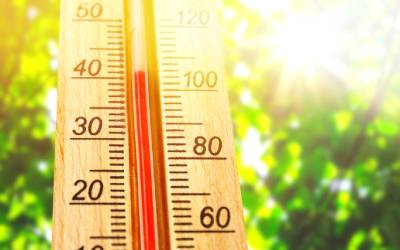
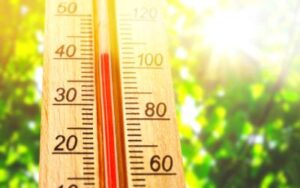 Imagine being signed up for a marathon. The date is fast approaching and there’s little doubt in your mind that you’re going to run. Unfortunately, there is a problem. You’ve done absolutely zero training or exercise in the past eight or nine months. Your plan is to simply roll out of bed on the morning of the marathon and pull up your jogging shorts, hoping for the best. Sound like a good formula for success? If you are shaking your head no, remember that this is essentially what you’re asking your
Imagine being signed up for a marathon. The date is fast approaching and there’s little doubt in your mind that you’re going to run. Unfortunately, there is a problem. You’ve done absolutely zero training or exercise in the past eight or nine months. Your plan is to simply roll out of bed on the morning of the marathon and pull up your jogging shorts, hoping for the best. Sound like a good formula for success? If you are shaking your head no, remember that this is essentially what you’re asking your